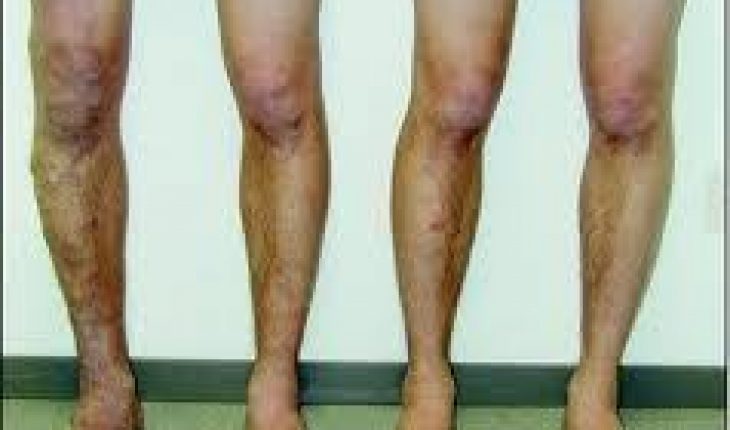What is Klippel Trenaunay syndrome?
Klippel Trenaunay Syndrome (KTS) is described as a circulatory disorder that is hereditary. KTS is a disorder concerning the vessels of the blood, it includes a condition called cutaneous capillary angioma, which is the occurrence of an overdevelopment in the veins, tissues, and bones. KTS is regarded as an abnormality in the capillary, or a port wine stain, which covers an abnormality in the vein and or lymph. In most cases related soft tissue, and bone hypertrophy may occur. Hypertrophy refers to an enlargement of one’s organ or tissue.
An abnormality in the capillary is extensive, there are usually a lot of overdeveloped vein, but an enlargement of a bone and soft tissue is usually consistent. Any area of the body that is affected is usually smaller, or larger than areas which are not affected. Hypertrophy’s occurrence is most frequent in the lower limbs of the body, but occurrences in areas such as the face, head, and arms, as well as the organs located inside the body, is quite normal. The presence of Klippel Trenaunay Syndrome in the human body results from an abnormal alteration of cells in the lymphatic system.
Symptoms of Klippel Trenaunay Syndrome
Symptoms of KTS vary from individual to individual, and it is also dependent on the seriousness of its impac,t and its dominance in the vascular system, as well as its exact location. KTS may take the appearance of three types of disorders; these are haemangioma, bone and soft tissue hypertrophy, and varicose veins.
The development of Hemangiomas is usually visible when a child is born, or two weeks after birth. The hemangioma is restrained to a particular section of the limb in most cases. There are however, other instances where the hemangioma affects the entire limb. Hemangiomas in the capillaries are the most prevalent type; it is referred to as port wine stain because of its reddish, and or purplish color, the same color of portwine.
Soft tissue and bone hypertrophy results in instances where an organ is surrounded by an over developed tissue, or bone. There are a lot of reported cases of extended, and shortened limb lengths; these lengths are obvious when compared to the unaffected limb. Varicose veins are twisted and swollen veins that are visible just below the skin.
In some cases of KTS, blood may be seen; this is often a resultant of a tumor in the vagina, or rectum. In a vaginal, or rectal tumor, the soft tissue hypertrophy surrounds the affected area. Patients with Klippel Trenaunay Syndrome may experience other symptoms; the symptoms are usually inconsistent amongst patients, and may have unidentical impacts on them.
Klippel Trenaunay Syndrome Treatment
KTS can be treated with surgery or medication. The surgical removal of tumors is the most common way to treat the syndrome; it is used to correct the areas which have been overdeveloped, this technique has been in use for years. Laser therapy can also be sued to lessen, or remove the appearance of port-wine stains; it can also do the same to lesions on the skin. The use of radiation may be recommended to help in the stimulation of regressed hemangiomas.





